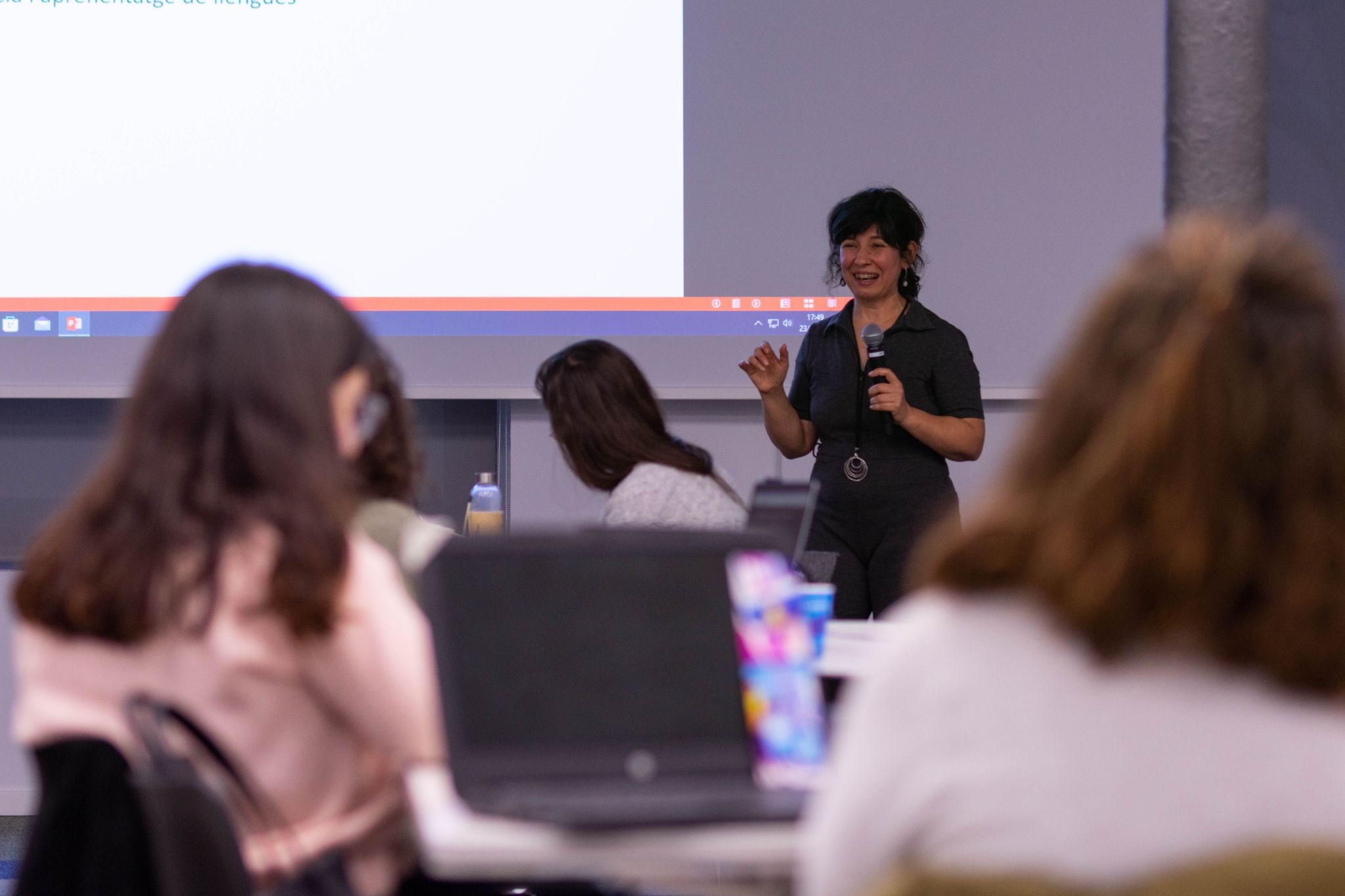The NODES research group organised a workshop to raise awareness about accessibility in multimedia production and to explain the basic tools and regulations that we should take into consideration when creating inclusive media.
How can we make inclusive videos? How can we create multimedia for everybody, regardless of how they access it? What is the regulation on accessibility in audiovisual productions? These were some of the questions answered in the latest workshop by the NODES research group, conducted by Dr Mirea Ribera Turró, on 23 January.
Attendees received theoretical and practical training on accessibility in audiovisual environments. The workshop was open to anyone interested in the subject, although it provided particularly useful tools for three groups: teachers and educational content designers, students in the fields of communication, design, and multimedia, and professionals in the field of audiovisual production.
The workshop was not only designed to give technical guidance for the creation of accessible content –including an explanation of the universal standards and regulations–, but it also aimed to raise awareness about why accessibility in all audiovisual landscapes is so important.
To achieve this, the participants experienced a situation of vulnerability linked to accessibility, such as watching silent videos, videos without images, or only with audio description. This experience was designed to highlight the possible differences when we talk about interacting and accessing multimedia content.
In short, NODES built a space for awareness, transfer of knowledge, conflict resolution, and discovery of tools that will enrich and expand the work and projects of the attendees.



